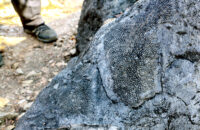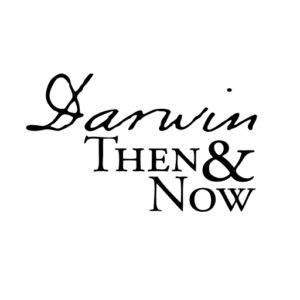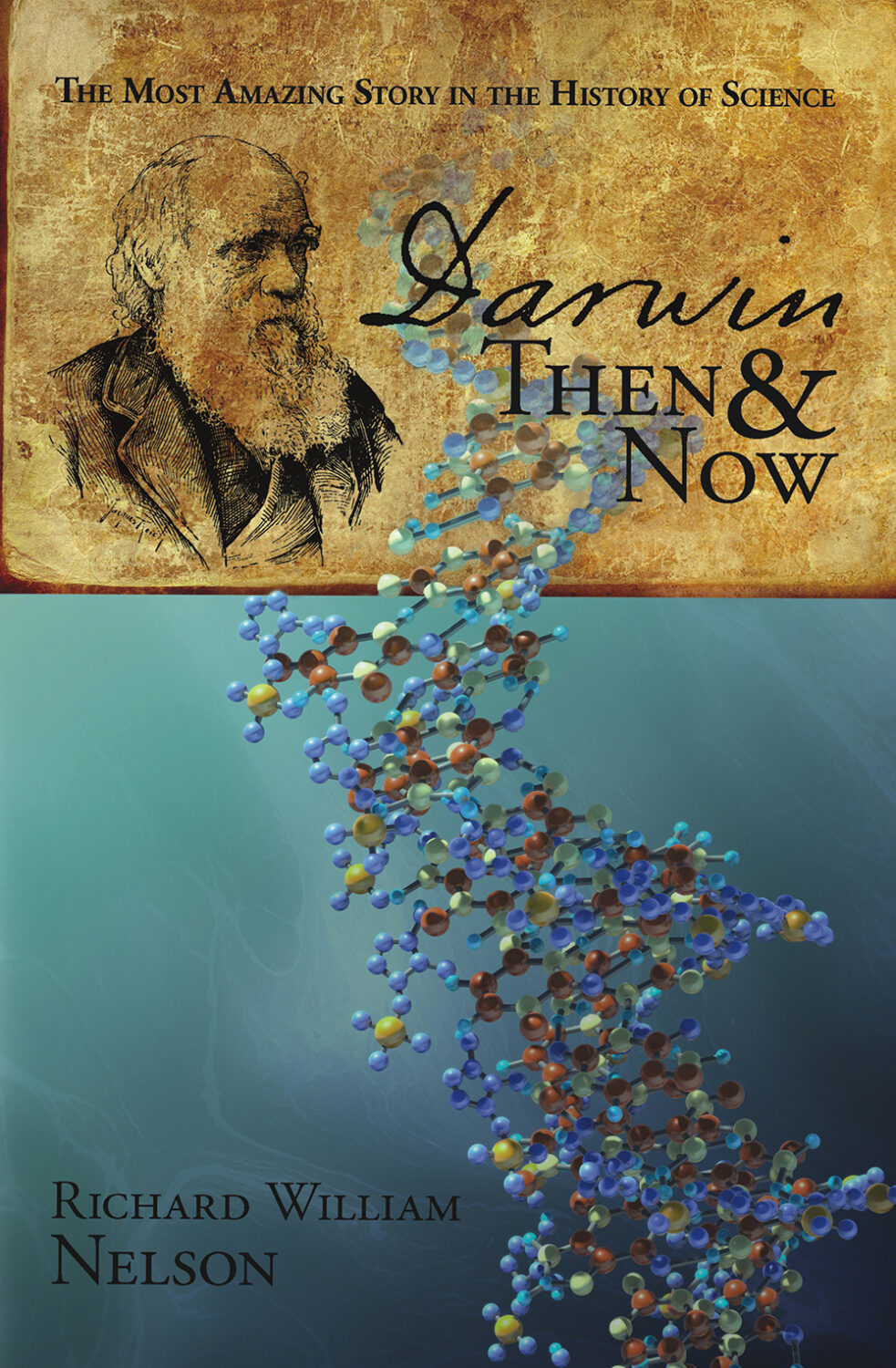 Fossils give a glimpse into the past. Fossils are the remains or traces of life at a moment in time. The fossil record is the collective remains or imprints of preserved life forms that were alive on Earth.
Fossils give a glimpse into the past. Fossils are the remains or traces of life at a moment in time. The fossil record is the collective remains or imprints of preserved life forms that were alive on Earth.
The term “fossil” originated from the Latin term fossilis meaning “obtained by digging.”
Fossils have played an essential role in the history of evolution, beginning with Xenophanes (570–480 BC), a Greek philosopher who found a fossilized sea creature in terrestrial sediments.
Fossilization
Fossilization is the preservation process of a life-form the remains or traces of organisms. The organism must be quickly buried for protection from scavengers and weathering in an anaerobic environment to stop microbes from breaking it down, yet survive for the first few minutes. .
For fossilization, the life-form must be buried by mud, sand, or rock sediments for protection from scavengers and weathering. Small mineral particles from the sediment eventually seep into the pores to harden into a stone-like copy.
The field of science that studies fossils is paleontology, a historical science like archaeology, geology, astronomy, and cosmology.
Geology
Life forms develop into fossils after being encased by flowing sand or mud sediments pushed by waters from oceans, seas, lakes, rivers, or floods. Since fossils are in sedimentary rock, geologists played an early role in studying the fossil record.
Geology and the fossil record show that the Earth and its life forms were once very different. Beginning with the Scientific Revolution, naturalists were increasingly drawn to study geology and the fossil record to understand why.
An emerging interest in geology eventually led to the organizing of geologic societies and establishment of natural history museums in the first half of the nineteenth century.
The first scientific paper published by Charles Darwin was on geology. Just months after returning on the HMS Beagle, his paper described the geology of the Chilean coast to the Geological Society of London.
Charles Darwin
The fossil record, however, was a problem for Darwin. In The Origin of Species, while frequently mentioning “fossils” and occasionally mentioning “paleontology,”
Darwin never used the phrase “fossil record.” He recognized that the fossil record, without transitional links, undermined his theory –
“Why, then is not every geological formation and every stratum full of such intermediate links? Geology assuredly does not reveal any such finely graduated organic chain; and this, perhaps, is the most obvious and serious objection which can be urged against my theory.”
In the words of American evolution paleontologist Stephen J Gould in “The Panda’s Thumb” –
“The fossil record caused Darwin more grief than joy.”
And Darwin explained why –
“We do not find infinitely numerous fine transitional forms closely joining them all together.”
Paleontology
Paleontology remains evolution’s most important field of study. The fossil record is the only direct evidence of Earth’s early biosphere and ecosphere.
The fossil record contains the prima facie history of life on early Earth. Significantly, the technological advances beginning in the twentieth century have revolutionized paleontology.
Scientists now have tools to examine and extract information once thought unthinkable, even in the early twentieth century.
Preserved soft tissues, cell structures, and even biomolecular information from the fossil record are now revealing a goldmine of ancient biological data. Interest in paleontology has reemerged to analyze the theory of evolution scientifically. Within paleontology are the new fields of paleobiology, sometimes called geobiology.
Paleobiology is answering questions about the scientific validity of molecular evolution and the evolutionary history of life through the analysis of DNA and RNA samples to construct phylogenetic trees.
However, evidence from the fossil record continues as one of the most profound paradoxes of the theory of evolution, a problem well known to Darwin, and paleontologists decade by decade. To study further how Darwin and evolution scientists have addressed the problem, click on “Fossils by the Decade”
Evidence for common ancestry and transitional links from the Fossil Record to validate the theory of evolution scientifically remains a speculative field of study.
Fossil Record is a subcategory of Evolution and Science.
More
Subcategories of the Fossil Record include
Articles on the intersection of evolution and science in the fossil record include –
-
- Dinosaurs Found in Unexpected Places
- Evolution, Not What They Once Said
- Ancient Fungal Clues Examined
- Smithsonian Evolution Storytelling
- Fired Over Dinosaur Discovery
- Daohugou Biota
- Ancient DNA Stability
- Human Evolution Orthodoxy
- Art of Radiometric Dating
- Human Georgian Skull Fuels Dilemma
- Out-of-Asia Dilemma
- Smithsonian Human Evolution Exhibit
- Exploring Human Evolution via DNA
- Anomalocaris’s Compound Eye
- Dating of Karabo, A Surprise
- Australopithecus Sediba Saga
- Dinosaur Soft Tissue on 60 Minutes
- Ardipithecus ramidus Saga
- Ida Fossil Fiasco
- Archaeoraptor Matter, 2021 Update
Each article describes how observable evidence scientifically challenges the current understanding of evolution.
Darwin Then and Now is an educational resource on the intersection of evolution and science, highlighting the ongoing challenges to the theory of evolution.
Move On
Explore how to understand twenty-first-century concepts of evolution further using the following links –
-
- The Understanding Evolution category showcases how varying historical study approaches to evolution have led to varying conclusions. Subcategories include –
- Studying Evolution explains how key evolution terms and concepts have changed since the 1958 publication of The Origin of Species.
- What is Science explains Charles Darwin’s approach to science and how modern science approaches can be applied for different investigative purposes.
- Evolution and Science feature study articles on how scientific evidence influences the current understanding of evolution.
- Theory and Consensus feature articles on the historical timelines of the theory and Natural Selection.
- The Biography of Charles Darwin category showcases relevant aspects of his life.
- The Glossary defines terms used in studying the theory of biological evolution.
- The Understanding Evolution category showcases how varying historical study approaches to evolution have led to varying conclusions. Subcategories include –


